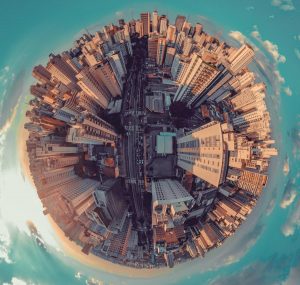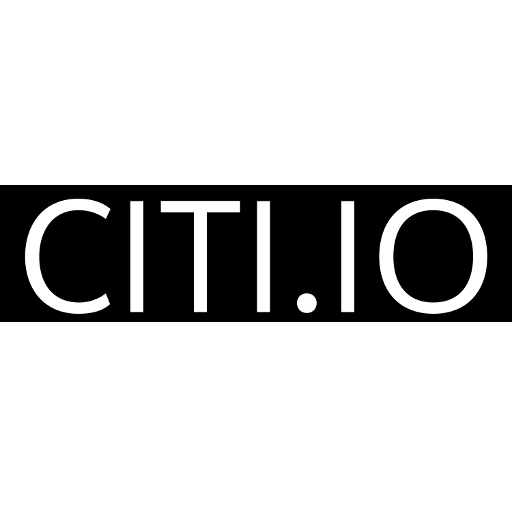“The best airport aims to outclass itself before others do … Singapore Changi Airport.”
From the robot cleaners stalking the hallways to the automated check-in enhanced by facial recognition software, the fourth terminal at Singapore’s Changi Airport — already considered the world’s best flight hub — is designed to give travelers a glimpse into a more efficient jetsetting future.
Changi is one of Asia’s busiest airports, handling a record 58.7 million passengers in 2016. But as the region gets richer, demand for air travel is taking off. When it opens later this year, T4 will have the capacity to add another 16 million travelers to that total.
But the terminal will hold more than just people. The size of 27 football fields, T4 will feature art installations, immersive LED displays, greenery and natural light. Join us for a tour of an air travel pioneer.
An automated robotic cleaner travels along the T4 departure hall.

From our partners:
Automated check-in counters at the departure hall use facial recognition technology to perform identity checks on passengers.

The Immersive Wall is a 70-meter by 5-meter LED panel designed to entertain travelers while they wait at T4’s security check point.

Mock-ups of traditional Singaporean Peranakan houses line the airport’s Heritage Zone.

“Petalclouds” is a kinetic installation that moves in time with Icelandic music and animated lighting. It’s displayed in the 200-meter-long Central Galleria area.

An employee demonstrates automated immigration clearance.

“The Travelling Family”, an aluminum sculpture by Swiss artist Kurt Metzler, is displayed at the departure transit area.

An art piece titled “Les Oiseaux (The Birds)” — a stainless steel piece described as a symbol of “the connection between sky and earth, between dream and reality” — is displayed in the arrival hall area.

Waiting for departure under the “Petalclouds” installation.


A cleaner — a human one — at work in the T4 departure hall.

A worker touches up the T4 signage greenery, just one of the ways the airport design tries to incorporate nature.

This feature originally appeared in Bloomberg.















